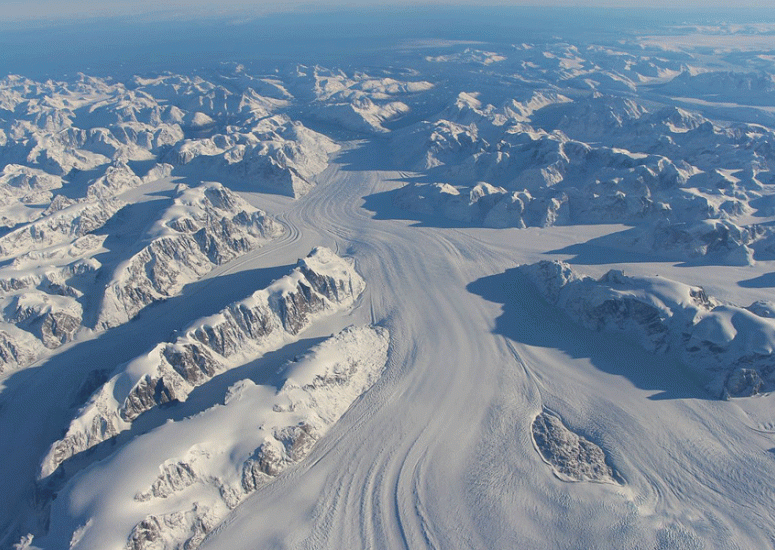Tag: News Release
-

Solar geoengineering can help safeguard crop yields from climate change
Researchers use an NCAR-based model to study impacts on crops.
- Climate
-
Scientists decipher mechanism for formic acid formation
An international team of researchers has determined the chemical processes behind the formation of atmospheric formic acid, which will lead to improved weather and climate models.
- Air Quality
-

Paris Agreement targets could greatly reduce loss of ice sheets, glaciers
A major international study predicts that sea level rise from the melting of land ice could be halved this century if society were to limit warming to 1.5°Celsius.
- Climate,
- Supercomputing
-
UCAR statement on nomination of Rick Spinrad to head NOAA
UCAR President Antonio Busalacchi congratulates Sprinrad, an internationally recognized scientist and executive with in-depth knowledge of NOAA.
- Government Relations
-

COVID-19 lockdowns linked to pollution spikes in some cities
Lockdowns last year in response to COVID-19 resulted in drastic cuts to emissions, especially from vehicle tailpipes, and yet some urban areas saw a paradoxical spike in ozone air pollution.
- Air Quality

